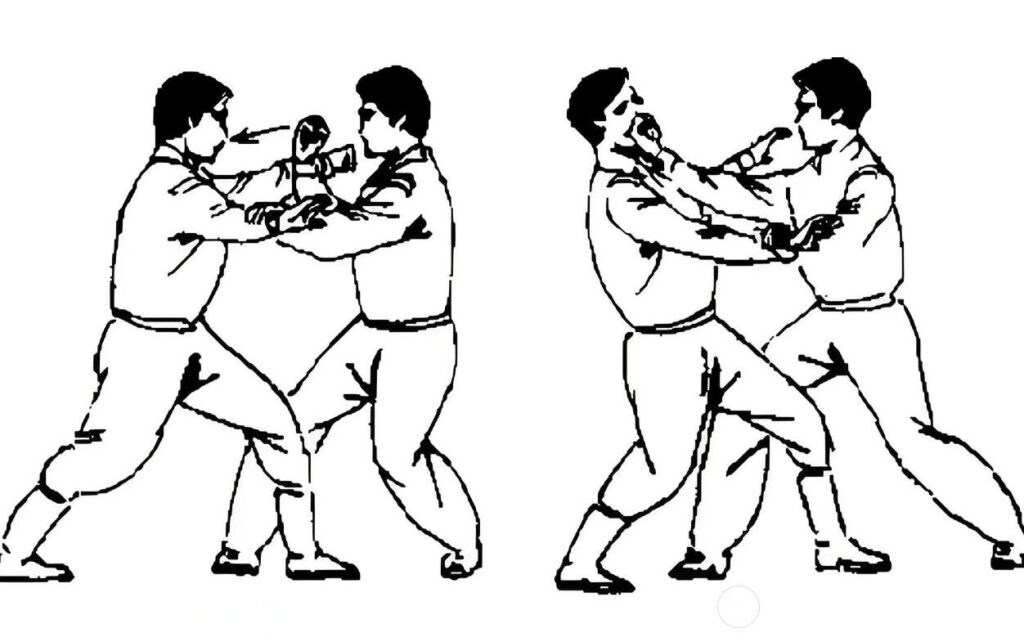
Tai Chi, kick boxing and Sanda are three different fighting styles, each with its own unique characteristics and training methods. Here are the main differences between them:
Core Concepts and Styles
Tai Chi: Emphasis on softness and defense, through slow and coherent movements to guide the opponent, make it lose balance, and thus control the rhythm of the fight. Tai Chi does not emphasize strength and speed, but focuses on skills and flexibility.
Kick Boxing: It is a direct and power-oriented sport that mainly relies on fast fist attacks to defeat the opponent. Boxing emphasizes the sharpness of the punches and the flexibility of the steps to control the distance and put pressure on the opponent.
Sanshou: It combines a variety of techniques such as boxing, kicking and throwing, and is a more comprehensive form of fighting. Sanda focuses on the use of technology and tactics, as well as the coordination and reaction speed of the body.
Techniques and Movements
Tai Chi: The movements are slow and smooth, including basic techniques such as peng, liu, ji, an, as well as the movement of the legs and the transfer of the center of gravity.
Kick Boxing: The movements are fast and direct, including jab, straight punch, swing punch and other punches, as well as flexible footwork and body rotation.
Sanda: It combines boxing and kicking, with various movements, including whip kick, kick, kick, etc., while focusing on throwing and throwing skills.
Training goals and uses
Tai Chi: It is mainly used to improve the body’s flexibility, strength control and inner balance, and is a sport for self-cultivation.
Kick Boxing: It mainly improves personal reaction speed, strength and attack skills, and is suitable for competitive games and self-defense.
Sanda: As a practical skill, it aims to improve an individual’s comprehensive combat ability, and is suitable for self-defense and competition.
In general, Tai Chi, kick boxing and Sanda each have their own unique charm and applicable scenarios. Which fighting style to choose depends on personal preference, physical condition and training goals.
